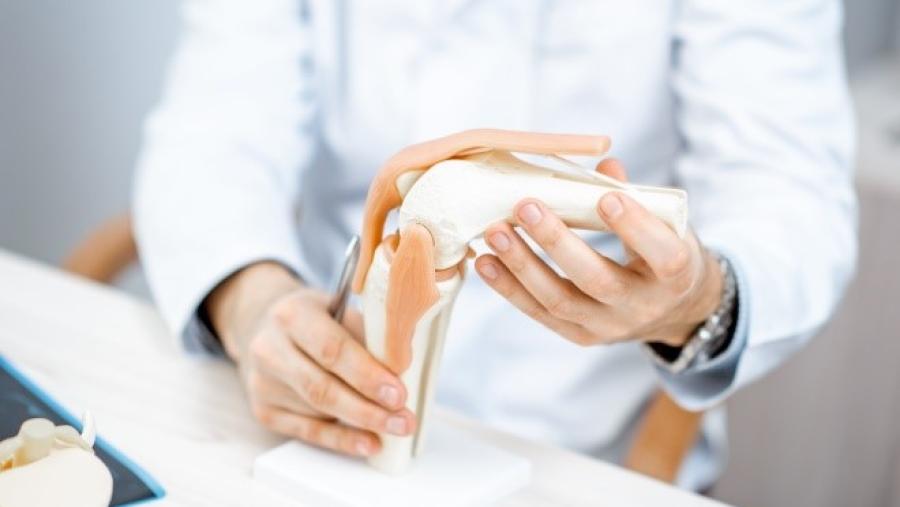Restoring Joint Health and Function to Reduce Pain (RE-JOIN)
Overview
The Research Need
Most people with opioid use disorder cite joint pain as a contributing factor in their use of opioids. Many different tissues make up a joint, including bone, cartilage, synovia, joint capsules, ligaments, tendons, fascia, and muscle. Knowing more about the types and patterns of sensory neurons that connect to joints to create the sensation of pain, and how these neurons respond to joint tissue changes, will inform more precise ways to reduce joint pain, limit joint deterioration, and, ultimately, restore healthy joints.
About the Program
The Restoring Joint Health and Function to Reduce Pain (RE-JOIN) Consortium consists of research teams working together to map the network of sensory nerves that connect to two joints: the temporomandibular joint (TMJ) and the knee. This research aims to understand how these types and patterns of sensory neuron networks in joints change with disease and aging.
Supported by a Data Coordinating Group from the Stimulating Peripheral Activity to Relieve Conditions (SPARC) program, the RE-JOIN consortium will integrate data to generate models of sensory innervation of joints.
Open Funding Opportunities
There are no Open Funding Opportunities at this time.
Research Examples
Research examples supported by this program include:
- Mapping the sensory innervation of the tissues and structures of various joints that lead to pain
- Identifying changes in sensory neurons that occur with tissue degradation, joint inflammation, and pain
- Elucidating aging-related changes in sensory neurons in joint tissues and their impact on pain-related outcomes
- Baylor College of Medicine – Texas
- Duke University – North Carolina
- Rush University Medical Center – Illinois
- University of Florida – Florida
- University of Texas Health Science Center – Texas
Participating NIH Institutes, Centers, and Offices
- National Center for Complementary and Integrative Health (NCCIH)
- National Institute of Arthritis and Musculoskeletal and Skin Diseases (NIAMS)
- National Institute of Biomedical Imaging and Bioengineering (NIBIB)
- National Institute of Dental and Craniofacial Research (NIDCR)
- National Institute of Neurological Disorders and Stroke (NINDS)
- National Institute on Aging (NIA)
Contact
Marie Mancini, Ph.D.
NIAMS
View Other Research Programs in This Focus Area
- Development and Optimization of Non-Addictive Therapies to Treat Pain
- Discovery and Validation of Novel Targets for Safe and Effective Treatment of Pain
- Preclinical Screening Platform for Pain (PSPP)
- Translating Discoveries into Effective Devices to Treat Pain
- Translational Research to Advance Testing of Novel Drugs and Human Cell-based Screening Platforms to Treat Pain and Opioid Use Disorder
 U.S. Department of Health & Human Services
U.S. Department of Health & Human Services

